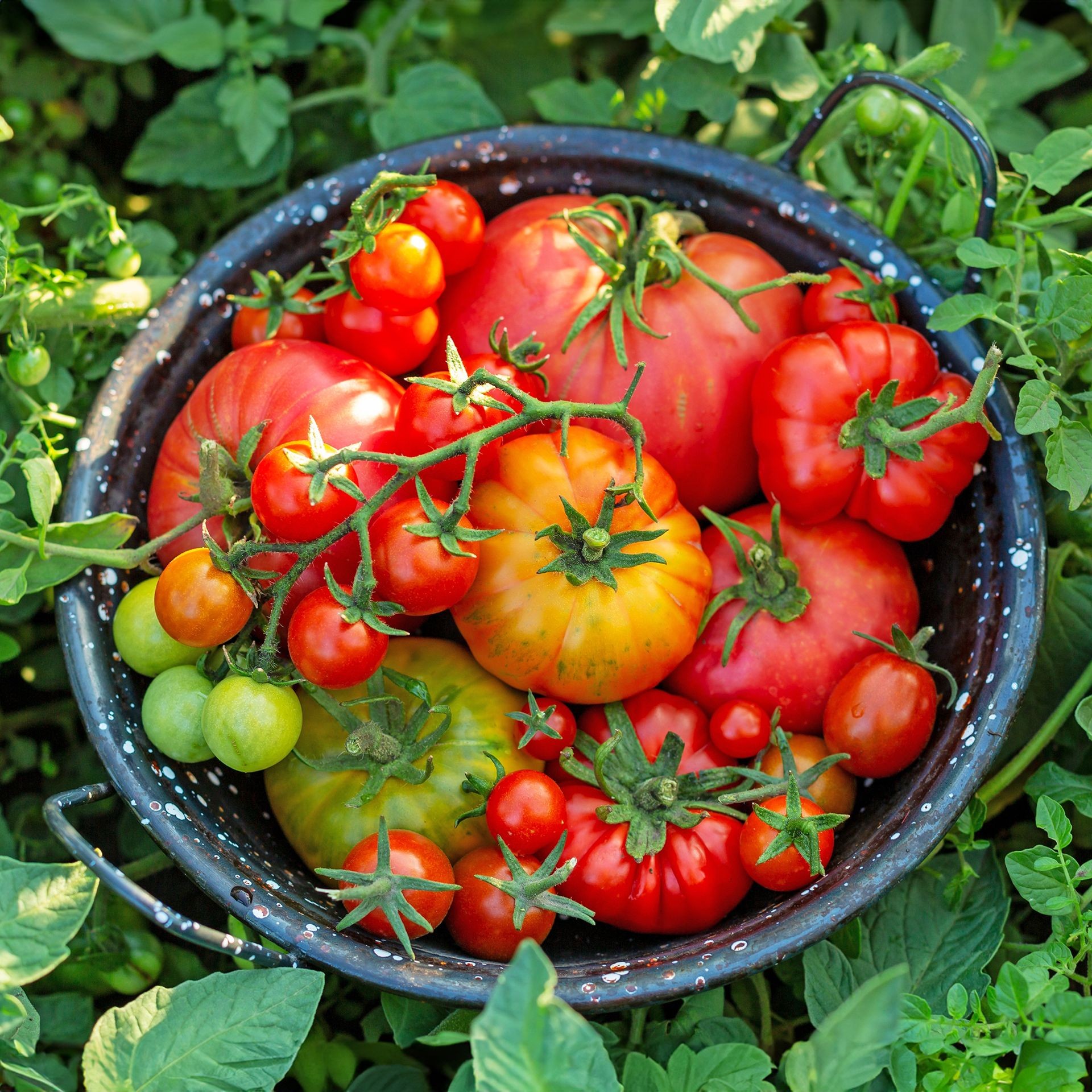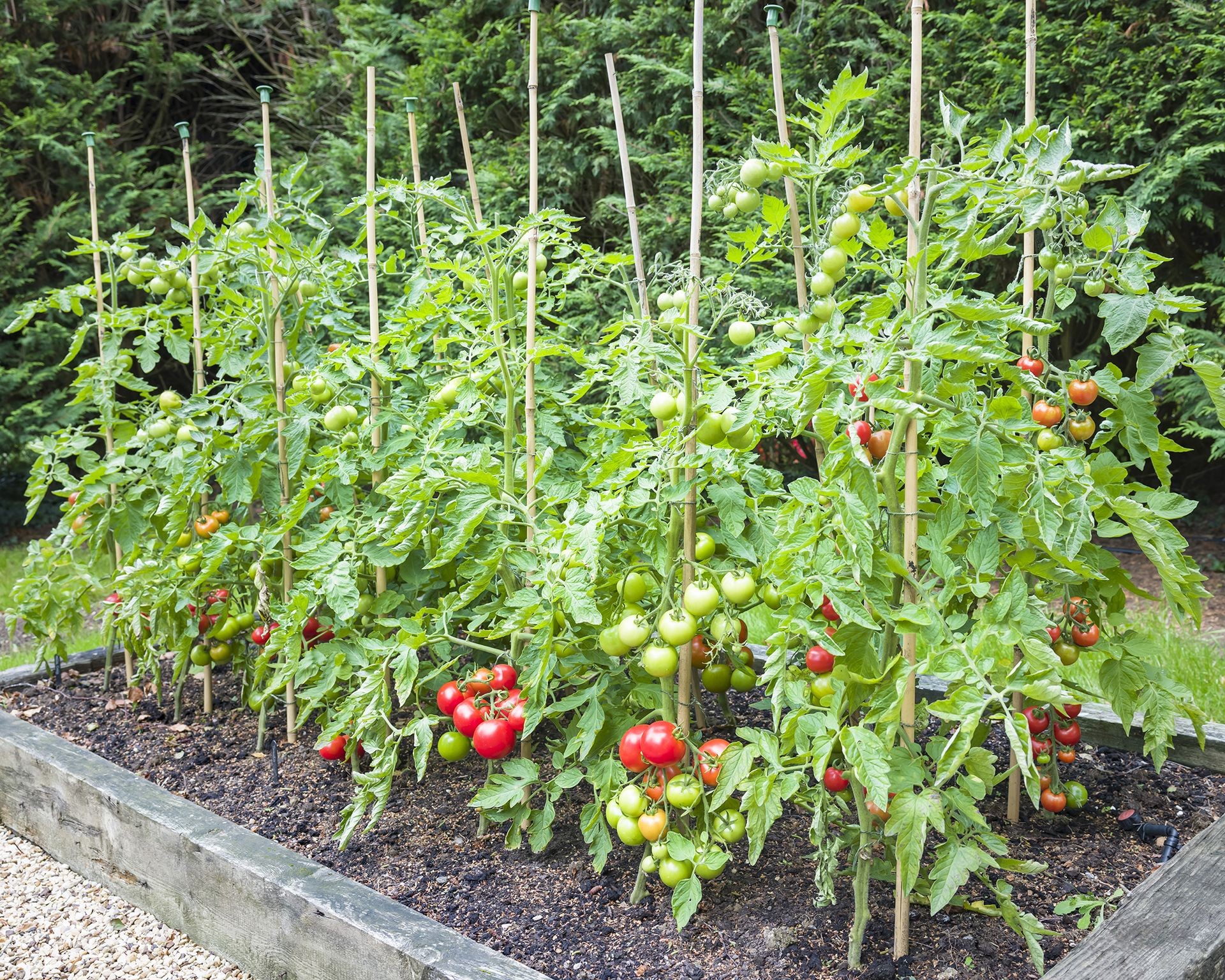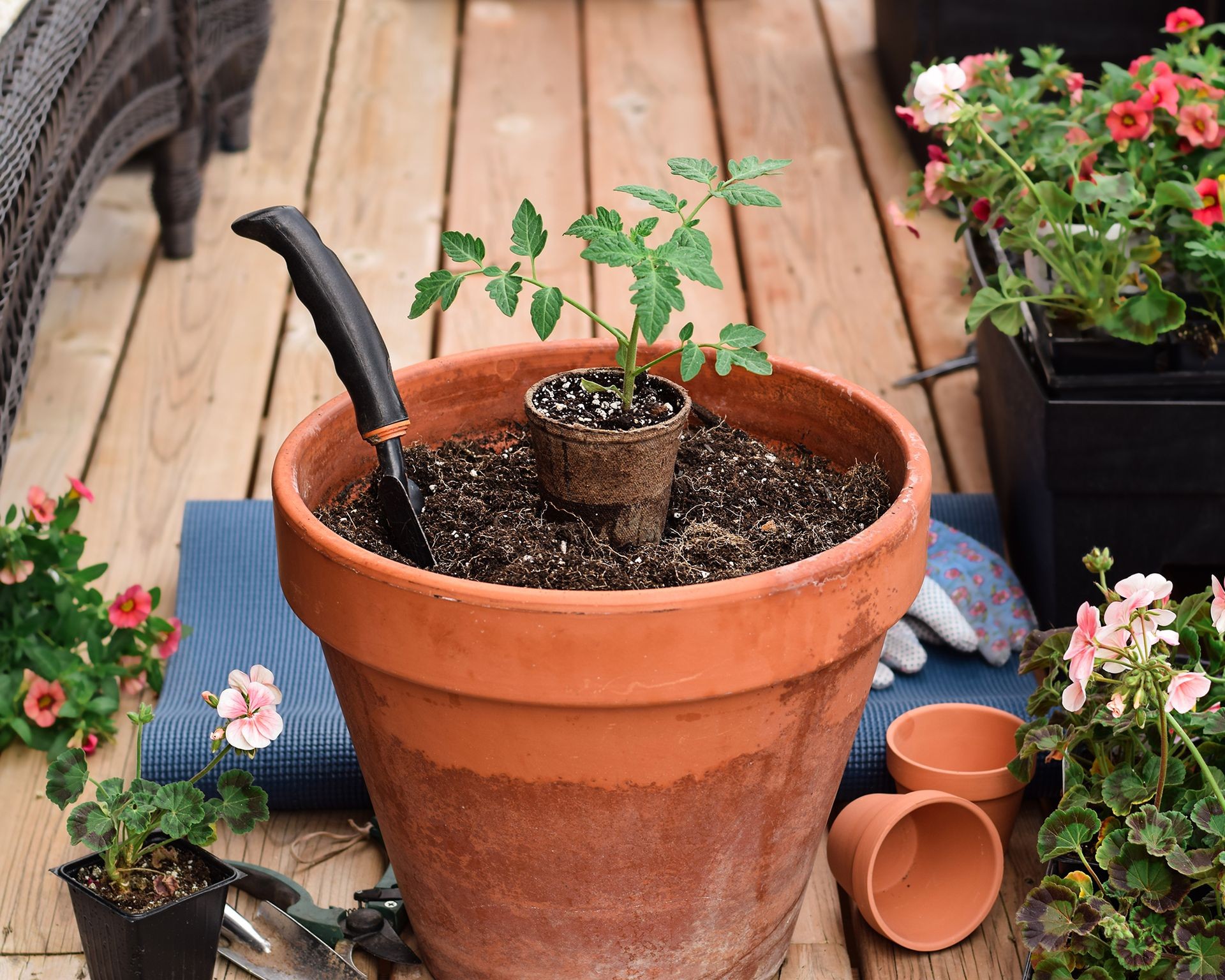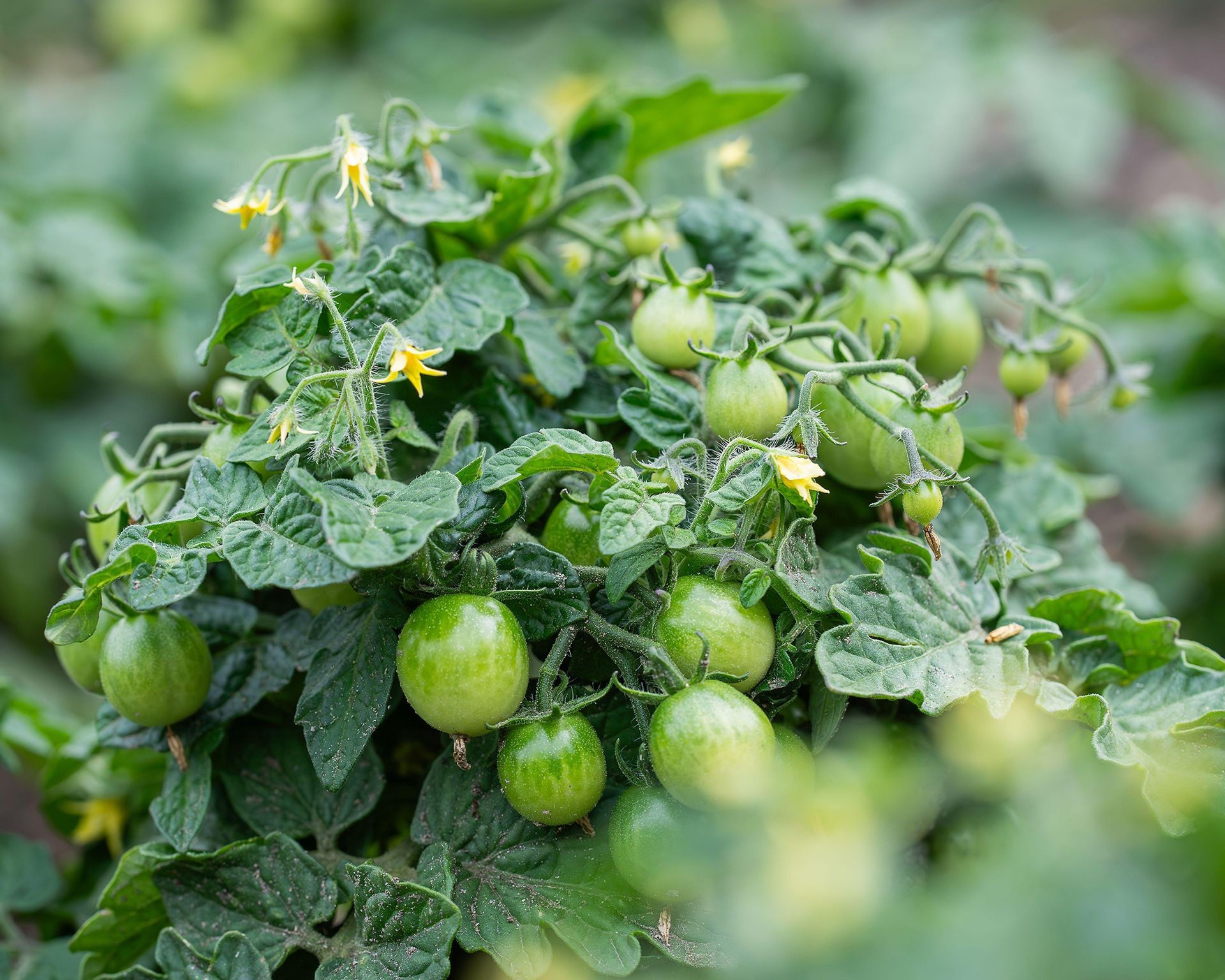No products in the cart.
NEWS
Optimal Sunlight for Thriving Tomatoes: A Guide from Biogarden.asia
Tomatoes are quintessential sun-lovers, and the amount of sunlight they receive directly impacts their ability to produce those delicious fruits we crave. Without sufficient light, your tomato plants simply can’t generate the energy needed for robust growth and a bountiful harvest. Understanding the specific sunlight requirements at each stage of a tomato plant’s life cycle is fundamental to successful cultivation. At Biogarden.asia, we know that mastering light is a key ingredient in your gardening success.
The Ideal Amount of Daily Sunlight for Tomato Plants
For most tomato varieties to thrive and produce a significant yield, they require a minimum of 6 to 8 hours of direct sunlight every day. Think of sunlight as the fuel for your tomato plant’s engine. Through photosynthesis, the plant converts light energy into sugars, which it then uses for growth, flowering, and crucially, fruit development. More hours of direct sun, ideally 8 hours or more, will generally lead to stronger plants and a higher volume of fruit, provided other conditions like water and nutrients are met. This energy conversion process is vital; the more effective it is, the more productive your plants will be.
 Freshly harvested red tomatoes in a colander, demonstrating the successful yield achieved with proper sunlight
Freshly harvested red tomatoes in a colander, demonstrating the successful yield achieved with proper sunlight
What Happens When Tomatoes Don’t Get Enough Sun?
Attempting to grow tomatoes with less than 6 hours of daily direct sunlight can lead to several issues. While a plant might survive on 4 to 6 hours, its productivity will be significantly reduced. If your garden receives limited sun, consider focusing on smaller-fruited varieties like cherry tomatoes, which may cope better.
However, beyond just reduced yield, inadequate sunlight results in weak, unhealthy plants. Common symptoms include:
- Stunted Growth: Plants remain small and fail to develop properly.
- Legginess: Stems become long, thin, and weak as the plant stretches desperately towards the light source.
- Chlorosis: Foliage may turn pale green or yellow due to insufficient chlorophyll production, directly linked to light availability.
- Few Leaves: Sparse foliage further reduces the plant’s ability to photosynthesize.
- Failure to Thrive: Overall weak appearance, susceptibility to pests and diseases, and in severe cases, the plant may simply die.
These issues stem from the plant’s inability to produce enough energy to support healthy development.
Can Tomato Plants Get Too Much Sun or Heat?
Yes, surprisingly, even sun-loving tomatoes can suffer from excessive exposure, particularly when combined with high temperatures. Just as intense sun can harm our skin, it can damage tomato fruit and foliage.
The most common issue is sunscald, which appears as pale, blistered areas on the fruit, often on the side most directly exposed to the afternoon sun. These patches can later turn grayish-white and develop a dry, papery texture. Sunscald makes the affected fruit inedible and is more likely to occur on plants that are already stressed or weakened, perhaps from over-pruning, disease, or pest damage, leaving the fruit exposed.
 Healthy tomato plants growing in a raised garden bed, showcasing optimal growth environment with sufficient light
Healthy tomato plants growing in a raised garden bed, showcasing optimal growth environment with sufficient light
Finding the Best Location for Your Tomato Plants
To ensure your tomato plants receive that crucial 6-8+ hours of direct sun, careful site selection is paramount. Ideally, choose a location in your garden that gets unobstructed sunlight for the majority of the day. A spot facing south (in the Northern Hemisphere) or southwest is often best, providing both morning and intense afternoon sun.
In regions experiencing intense heat or where daily sun exceeds 8 hours, proactive steps are needed to protect your plants from stress and sunscald:
- Mulching: Applying a layer of organic mulch around the base helps keep the soil cool and retain moisture, reducing heat stress.
- Shade Barriers: Setting up temporary shade cloth during the hottest part of the day (typically midday to late afternoon) can diffuse intense light and lower leaf temperature.
- Consistent Watering: Well-hydrated plants are more resilient to heat and sun. Ensure the soil remains consistently moist, especially during hot spells.
- Container Growing: Planting tomatoes in containers allows you to move them to a slightly more sheltered spot or into partial shade during extreme heat waves.
- Controlled Environments: For ultimate control over light and temperature, growing tomatoes in a greenhouse or indoors under supplemental lighting provides a stable environment.
Light Requirements Through the Tomato Life Cycle
The light needs of a tomato plant change as it matures:
Do Tomato Seeds Need Light to Germinate?
Interestingly, tomato seeds do not require light to sprout. They need warmth and consistent moisture to break dormancy and begin the germination process. Planting them at the correct depth in moist seed starting mix is key.
Light Requirements for Tomato Seedlings
Once those first tiny leaves emerge, everything changes! Tomato seedlings quickly become light-hungry. To grow into strong, stocky plants ready for transplanting, they need intense light – much more than a sunny windowsill can typically provide, especially indoors. Supplemental lighting using full-spectrum LED grow lights is often necessary. Seedlings need 18 to 22 hours of light per day under grow lights or 14 to 16 hours of very bright natural light. Position grow lights close, typically 6 to 12 inches (15-30cm) above the tops of the seedlings, raising the light fixture as they grow. This prevents them from becoming leggy.
 Hands carefully planting a young tomato seedling into a terracotta pot, highlighting the importance of light early in the plant's life cycle
Hands carefully planting a young tomato seedling into a terracotta pot, highlighting the importance of light early in the plant's life cycle
Light and Tomato Ripening
Once a tomato fruit has reached its mature green size, it actually doesn’t require direct sunlight on the vine to turn red and ripen. In fact, intense sun and heat can sometimes inhibit the ripening process or contribute to sunscald. The primary drivers for ripening are warmth (temperatures between 68-77°F / 20-25°C are ideal) and the production of ethylene gas, a natural plant hormone the tomato itself emits. This gas is responsible for the color change, softening, and flavor development. This is why you can successfully ripen mature green tomatoes indoors off the vine.
 Cluster of unripe green Venus determinate tomatoes still on the vine, illustrating tomatoes before the light-independent ripening phase
Cluster of unripe green Venus determinate tomatoes still on the vine, illustrating tomatoes before the light-independent ripening phase
Conclusion
Sunlight is undeniably critical for growing healthy, productive tomato plants, but it’s a requirement that shifts throughout their life cycle. From the intensive needs of seedlings and mature, fruit-producing plants (6-8+ hours direct sun) to the light-independent process of fruit ripening, understanding and managing light exposure is vital. By providing the right amount of light and protecting plants from excessive heat, you set the stage for a truly rewarding tomato harvest. Achieving gardening success often comes down to mastering these environmental details, and finding the right knowledge and supplies can make all the difference.



